Product photography is going virtual
There you are flipping through your favorite home furnishings catalog, fantasizing about everything from the plush carpeting to the gorgeous drapes - never suspecting for a moment that many of the "photos" were virtually rendered on a computer. No matter how closely you look, you simply cannot tell the difference.
"Virtual product photography" was nothing but a pipedream a few years ago. But now it has become a practical alternative to traditional product photography, and many companies are taking advantage of the trend in their advertising and marketing materials.
Swedish home furnishings giant IKEA virtually rendered 12% of the images in its 2012 home furnishings catalog, for example, and intends on increasing that figure to 25% in 2013. Other companies are doing likewise and you may have already admired their stunning images of automobiles, alcoholic beverages, mobile phones and more - wrongly assuming they were photographs.
 |
 |
These "photos" from IKEA's 2012 catalog were computer generated.
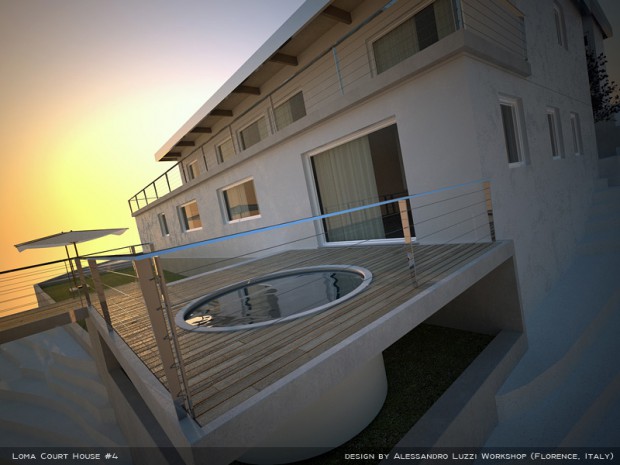 |
 |
 |
Computer-generated images of home, car interior and cosmetics.
For a peek at some excellent examples of virtual product renders, be sure to visit the online galleries of leading 3D rendering software, like Mental Ray and Maxwell Render, and rendering specialists like Red and Gray.
Advanced algorithms and a good eye
Photorealistic rendering requires extremely advanced rendering software. Even a single inconsistency with reality in the lighting, materials or "wear and tear" can give the illusion away. Lighting calculations alone may have to account for a complex interplay of illumination, transparency, reflections, refractions, caustics and more.
In the past, most 3D renderings fell far short of photorealism. Objects looked plasticky with unrealistic lighting and other telltale signs of simulation. Artists might spend weeks preparing a scene, days rendering an image, and still more days retouching the details - only to achieve results that utterly failed to blur the lines between fantasy and reality.
Gradually, computers became faster, clever software developers formulated algorithms that produced more realistic lighting, and unbiased rendering solutions like Maxwell Render achieved genuine photorealism. There are still no instant art buttons, but even hobbyists can now produce renders that look like photographs.
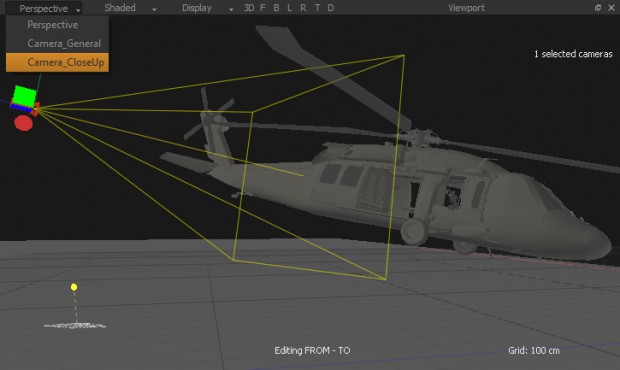 |
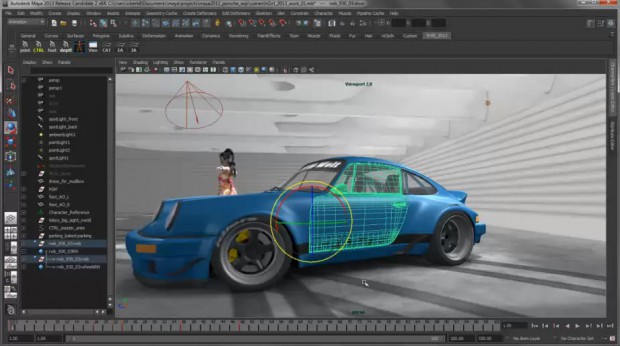 |
Interfaces of Maxwell Render (left) and Autodesk Maya (right).
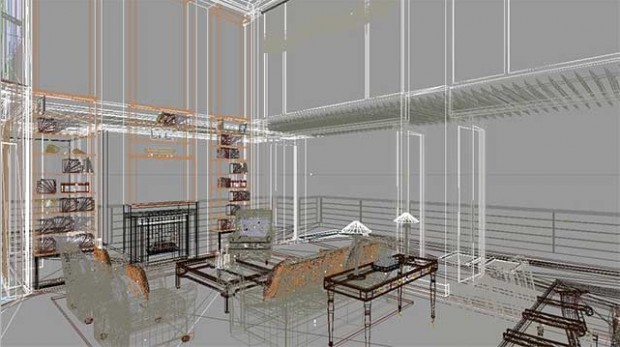 |
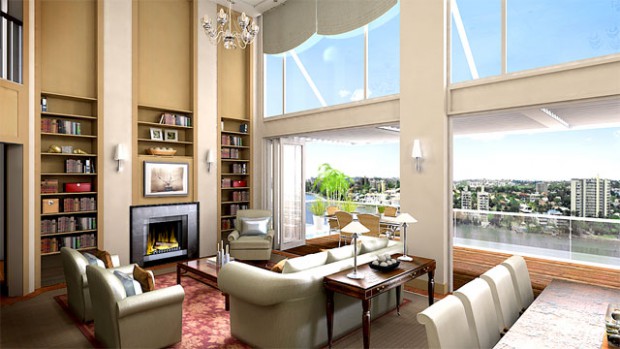 |
The same scene in wireframe view and photorealistic render.
Since nothing beats the eye of a professional photographer, some companies employ photographers to "shoot" their computer renderings. Photographers feel right at home in today's "3D virtual photo studios", which allow fine-tuning of virtual cameras, lenses and lighting with results emulating those of traditional photography. Even virtual light boxes and reflectors with accuracy down to fabric wrinkles can be used to achieve convincing results.
The advantages of virtual product photography
Virtual product photography may never fully replace traditional product photography. But it offers equivalent image quality and a number of clear advantages:
1. Products can be "photographed" in any imaginable environment without leaving the computer. This includes ideal photo studios, fantasy settings dreamed up in science fiction novels, and sufficiently photographed real-world locations.
2. Colors and materials can be changed with a few mouse clicks. Pine becomes walnut, cotton becomes silk and plastic becomes chrome at the user's command. IKEA takes advantage of this capability to produce slightly different versions of images for markets where preferences and product features vary.
3. Impossible shots become possible. For example, you can shoot images through concrete walls, use physically impossible depth of field settings, capture exploded product views, and add special effects like splashing liquids that morph into other forms with reflections and lighting that perfectly match the scene.
4. Traditional photography expenses are eliminated. There are no studio rental fees, photographic equipment fees, traveling expenses, warehouse storage fees, or set dismantling and disposal fees.
5. Exactly the same scene can be rendered in the future without setting anything up again. This can be a real lifesaver when clients change their minds and desire slight adjustments at the last minute.
6. Every detail in the scene always remains pristine. There are no wilting flowers, cooling meals or scratched products to worry about.
7. No actual products are necessary. High-precision 3D models created by manufacturers during product development enable photorealistic rendering of products even before prototypes have been built. This eliminates product delivery complications and helps marketers meet tight launch deadlines.
8. Any imaginable objects can be added to scenes. Even huge diamonds and ancient relics unobtainable in the real world can be added with ease.
9. Reflective objects that are sometimes difficult to light using traditional photography can be tweaked to produce desired results.
10. Images can be created at any desired resolution. Just input the desired pixels to output a resolution far beyond that of any professional camera.
The next logical step - photorealism in real-time
Now that photorealism, the Holy Grail of 3D rendering, has finally been achieved, companies are racing to attain photorealism in real time. In fact, the iray rendering solution from nVIDIA already comes close. For 3D hobbyists like myself who struggled through the early years of lengthy renders, this achievement will rank with sending the first man to the Moon. Imagine, for example, "walking through" IKEA's catalog rooms and admiring the photorealistic furnishings from every angle with real-time interactive performance on the Internet. This bold new world of product advertising may arrive sooner than you think.
Notes
- Photorealism is just one of many rendering styles prized by 3D artists. Illustration-style output is also popular, for example.
- All images appearing in this article are the exclusive property of their respective owners and can be clicked on to view the web pages where they originally appeared.
Reference
IKEA's New Catalogs: Less Pine, More Pixels
http://online.wsj.com/article/SB10000872396390444508504577595414031195148.html
IKEA catalog will be 25 percent 3D renders by next year
http://www.theverge.com/2012/8/23/3262234/ikea-replace-photograph-3d-renders-catalog
Photographers: you're being replaced by software
http://www.photo-mark.com/notes/2012/may/14/photographers-you-will-be-replaced-software/
Japanese articles may not fully reflect English content.







